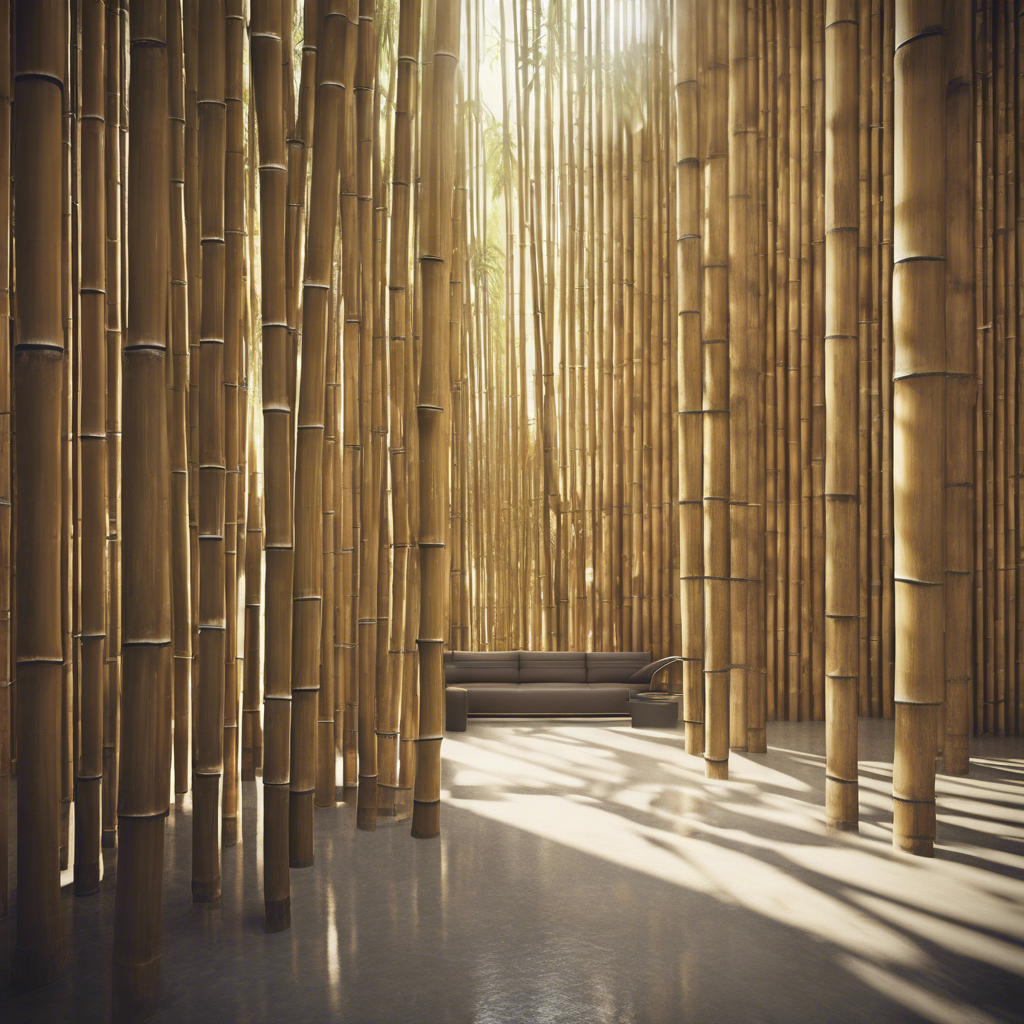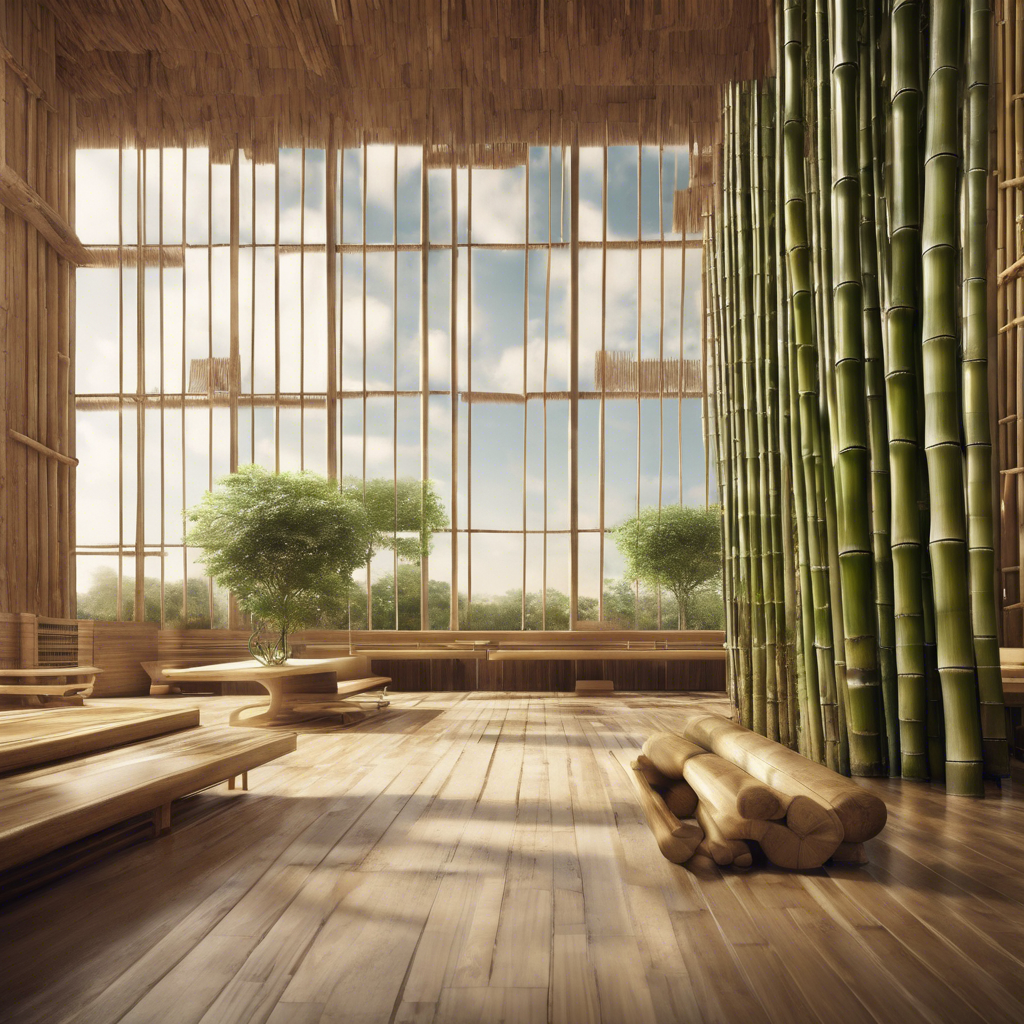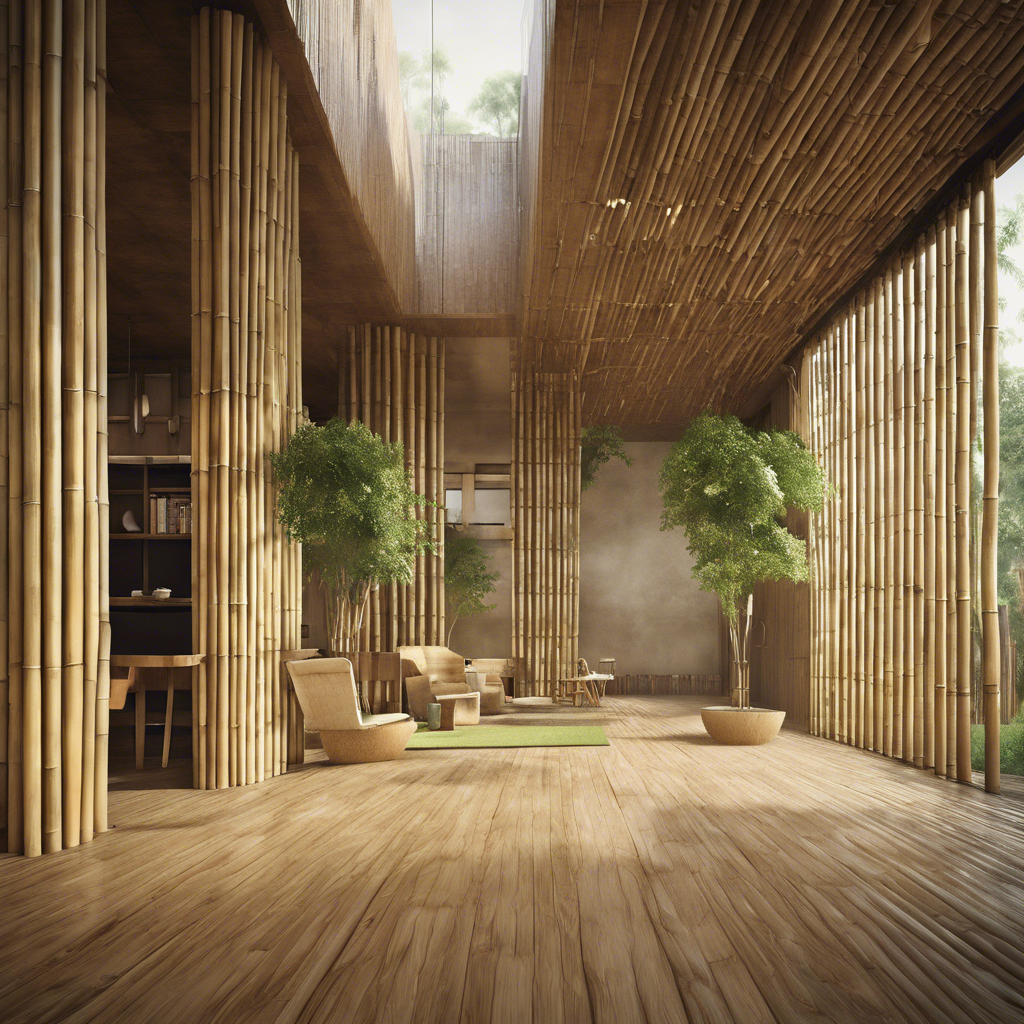In the world of architecture and design, the quest for sustainable materials has become not just a trend but a necessity. As concerns for the environment and our ecological footprint grow, architects and builders are turning to innovative solutions that not only reduce harm but also promote longevity and beauty in their creations. One such solution that has gained significant traction in recent years is bamboo.

The Rise of Bamboo for Sustainability
Bamboo, often referred to as the "green steel" of the plant kingdom, holds immense potential as a sustainable building material. Its rapid growth rate, strength, and versatility make it an ideal choice for architects looking to create structures that are both environmentally friendly and aesthetically pleasing. Unlike traditional timber, bamboo reaches maturity in just a few years, making it a highly renewable resource.

Strength and Durability in Green Architecture
One of the most remarkable features of bamboo is its incredible strength-to-weight ratio. This attribute makes it a reliable choice for structural elements in buildings, providing stability and durability while minimizing the use of heavy materials. Bamboo's natural resistance to pests and fungi further enhances its longevity, reducing the need for chemical treatments that can harm the environment.

Versatility and Design Possibilities
Apart from its structural advantages, bamboo offers a wide range of design possibilities. From traditional rustic applications to modern sleek finishes, bamboo can adapt to various architectural styles, adding a touch of elegance and warmth to any space. Its flexibility allows architects to explore innovative construction techniques, pushing the boundaries of what is possible in sustainable design.
Bamboo in Action: Real-world Applications
The use of bamboo in architecture is not merely theoretical; it has been successfully implemented in various projects worldwide. From residential homes to large-scale commercial buildings, bamboo has proven its mettle as a reliable and sustainable building material. In regions where bamboo grows abundantly, such as Southeast Asia and parts of South America, architects are harnessing its potential to create sustainable communities that blend harmoniously with nature.
Conclusion: Embracing the Future of Sustainable Architecture
As we move towards a more sustainable future, the role of materials like bamboo in architecture cannot be overstated. Its environmental benefits, coupled with its aesthetic appeal and structural integrity, make it an architectural marvel worth exploring further. By embracing bamboo as a primary building material, architects, builders, and homeowners can contribute to a greener and more sustainable world, one structure at a time.
In conclusion, the remarkable journey of bamboo from a humble plant to an architectural marvel is a testament to human ingenuity and our ability to find solutions that benefit both us and the environment. As we continue to innovate and explore sustainable practices, bamboo stands out as a shining example of what is possible when we work in harmony with nature.
Let's continue to embrace sustainable solutions like bamboo for a greener, more resilient future!
Click here to check more about Sustainability & Saltwaterproject.
Comments